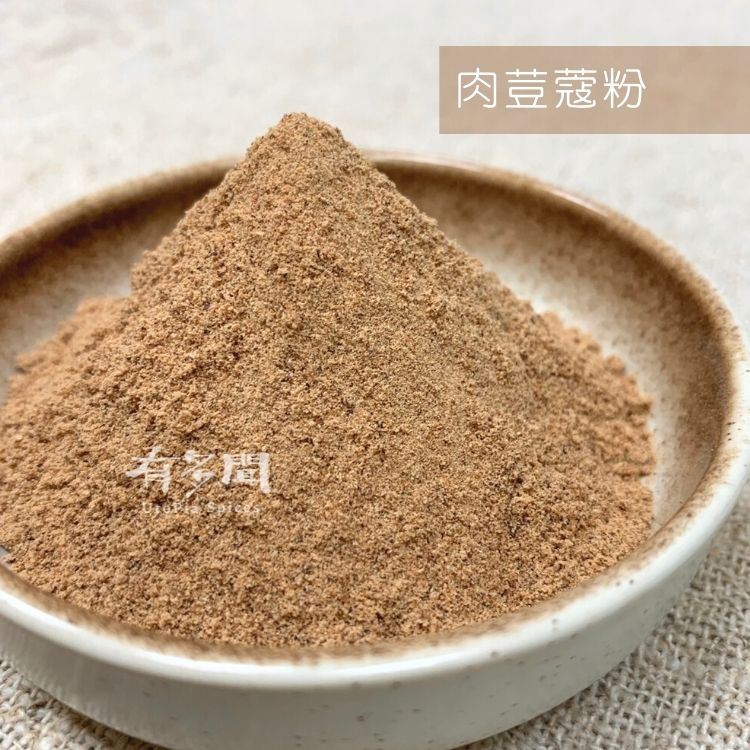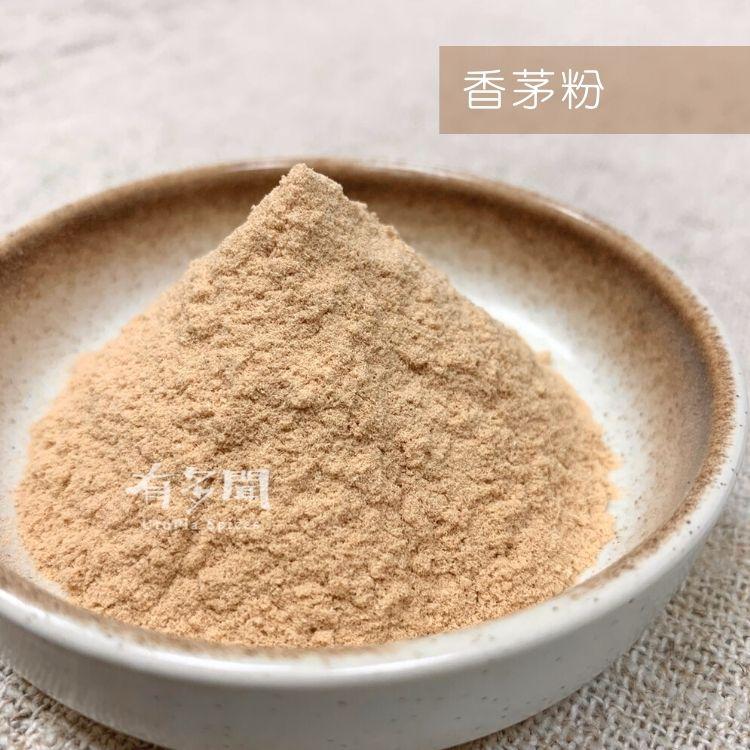
Feature:
Salted egg yolk powder is made from roasted and crushed salted egg yolks. It provides a convenient way to easily add the flavor of salted egg yolk to various foods without the need for complicated salted egg processing steps.
Taste and smell:
Taste: Salted egg yolk powder has a unique salty taste and the rich taste of egg yolk, with some greasiness.
Odor: It has the unique aroma of salted egg yolk, which is caused by the oil and saltiness in the egg yolk.
Origin:
Taiwan
Cooking dishes:
Salted egg yolk food: Salted egg yolk powder can be used to make salted egg yolk biscuits, salted egg yolk potato chips, salted egg yolk fish skin and other popular snacks.
Baking: Can be added to bread, cakes or cookies to give baked goods the rich flavor of salted egg yolk.
Fried rice or noodles: To add salted egg yolk flavor to fried rice or noodles, just add a small amount of salted egg yolk powder.
Sauces and condiments: It can be mixed with other seasonings to make salted egg yolk flavored sauces.
**When using salted egg yolk powder, pay attention to its saltiness and adjust the saltiness of other ingredients as needed to maintain a balanced taste.









